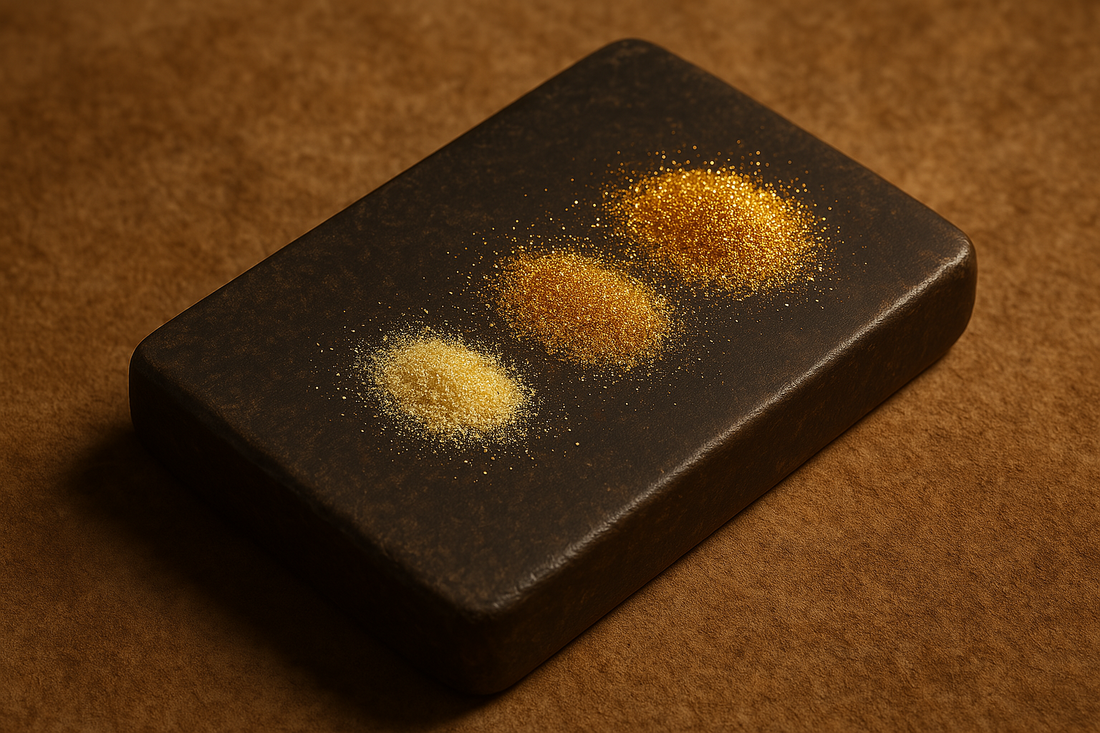
What Is a Karat? A Quick Guide to Gold Purity.
Share
When it comes to buying or appreciating fine jewelry, you've likely come across the term karat—often abbreviated as K or kt. But what exactly does it mean?
Understanding Karat: The Basics
A karat is a unit of measurement that describes the purity of gold in a metal alloy. Pure gold is defined as 24 karats (24K), which means it is 100% gold with no other metals mixed in.
However, because pure gold is very soft and malleable, it’s often mixed with other metals such as silver, copper, nickel, or zinc to increase its strength and durability. The resulting mixture is an alloy, and its gold content is measured in karats.
Karat Breakdown
Here’s a quick reference for common gold purity levels:
24K – 100% pure gold (soft, rich yellow hue, not ideal for daily-wear jewelry)
22K – 91.7% gold, 8.3% alloy (still soft but more durable than 24K)
18K – 75% gold, 25% alloy (a great balance of purity and strength)
14K – 58.3% gold, 41.7% alloy (popular for its durability and affordability)
10K – 41.7% gold, 58.3% alloy (harder and more resistant to scratching, but less "golden" in color)
Karat vs. Carat: Not the Same!
Don’t confuse karat with carat—the latter refers to the weight of gemstones, not the purity of gold. It’s easy to mix them up because they’re pronounced the same, but they mean very different things in the world of jewelry.
Why Karat Matters
The karat rating influences not only the color and price of gold jewelry but also its practicality:
Higher karat gold (18K–24K) is more valuable and has a richer color but is softer and more prone to scratching.
Lower karat gold (10K–14K) is more affordable, durable, and ideal for everyday wear, though slightly less vibrant in color.
Final Thoughts
Knowing what a karat is helps you make informed decisions when purchasing jewelry. Whether you’re choosing a timeless 18K ring or a durable 14K necklace, understanding gold purity gives you insight into both value and quality.
